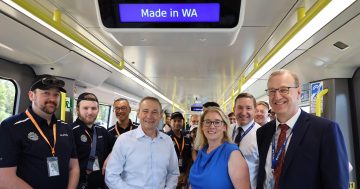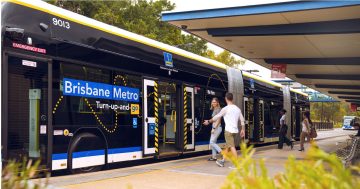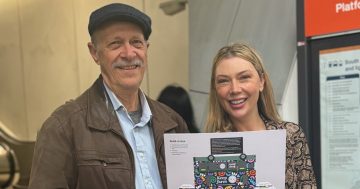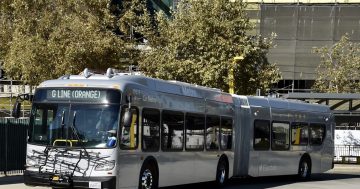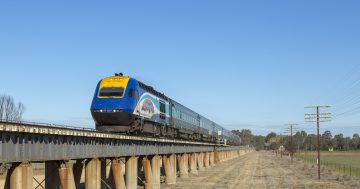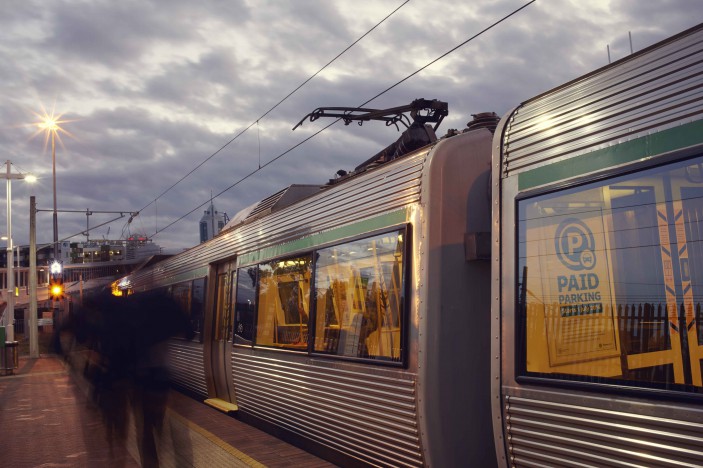
Trains have seen a large increase in patronage, as have ferries and buses. Photo: Public Transport Authority.
The level of public transport network use in Western Australia has surged, with data showing an increase of 3 per cent from the previous year to nearly 148.7 million boardings in the 2024-25 financial year.
Such figures are the highest in 11 years and are just below the 2012-2013 all-time record of 149.7 million boardings.
The State Government said the figures showed a resurgence of public transport patronage since the COVID-19 pandemic, when network use fell to just 102 million boardings in 2020-21 and 2021-22.
“This is another fantastic outcome that shows just how important public transport is to the community,” Transport Minister Rita Saffioti said.
“The bounceback we have seen since COVID-19 has been nation-leading, and there are now more Western Australians jumping on public transport than at any other time in the past 11 years.”
Buses and ferries have seen the highest level of statewide use on record, with 85.9 million and 935,000 boardings, respectively.
Over the past decade, ferries’ popularity has increased by 140 per cent.
Trains saw a 4 per cent rise from last year, with 61.9 million boardings, representing the highest number in nearly a decade. This includes 5.6 million boardings for the Airport Line alone, a 15 per cent jump.
High satisfaction rates are also being reported across the system. Transperth’s annual Passenger Satisfaction Monitor, an independent survey of frequent users of the system, has performed more than 4300 in-person interviews during a month-long research survey.
The survey revealed that nine out of 10 respondents are happy with Transperth services, with 97 per cent of CAT bus users and 100 per cent of ferry passengers expressing satisfaction.
Satisfaction rates are high throughout the system, with the Ellenbrook and Airport lines garnering rates of 96 and 95 per cent, respectively.
Most bus, ferry and train passengers also rate fares as being either good or excellent value for money. The government has credited recent cost-of-living measures for this satisfaction, such as the two-zone fare cap, free travel each Sunday and fee-free travel to and from school for students.
Further cost-of-living measures are planned. From 1 January, the Suburban Flat Fare is set to be implemented, capping all fares to a single zone, meaning all travel will cost $2.80.
“The great news for the community is that from 1 January, public transport will become even more affordable, with our new Suburban Flat Fare kicking in,” Minister Saffioti said.
“The introduction of the flat fare will put money back in the pockets of tens of thousands of commuters every single day.”


